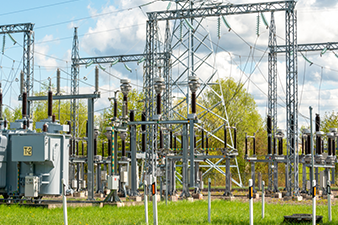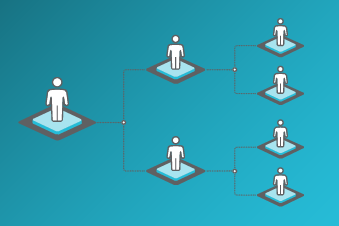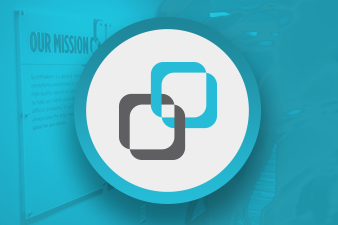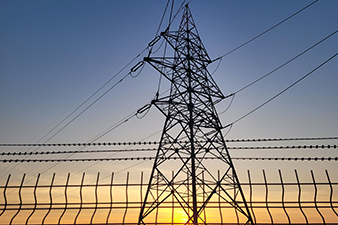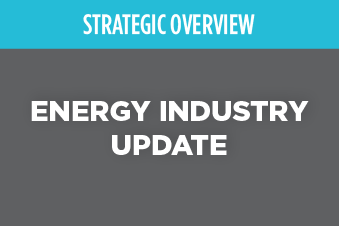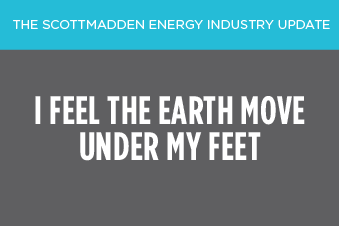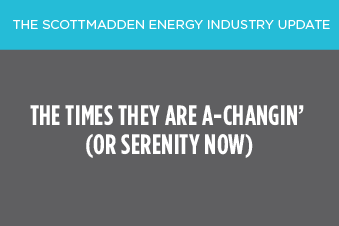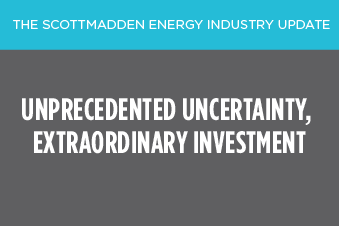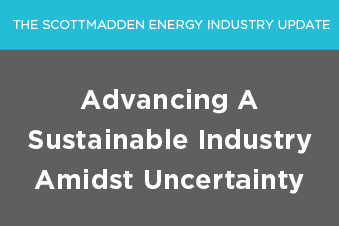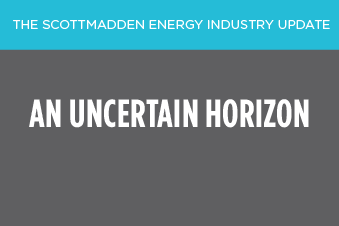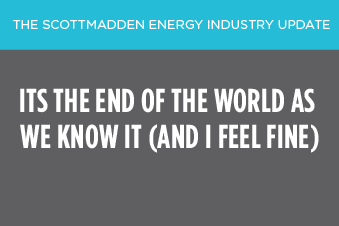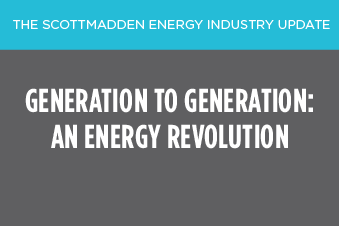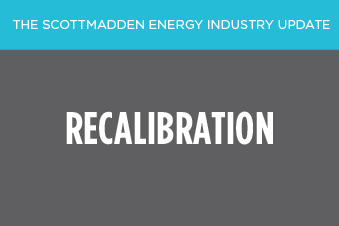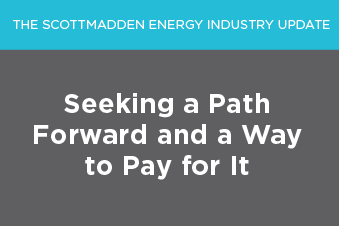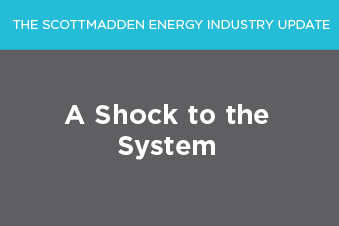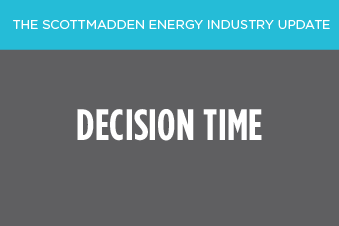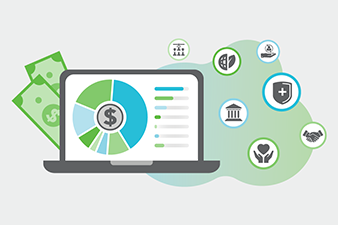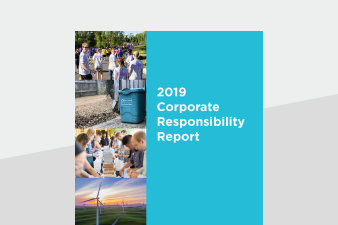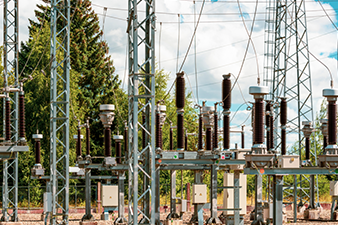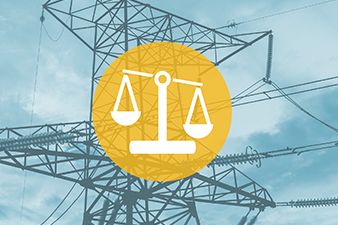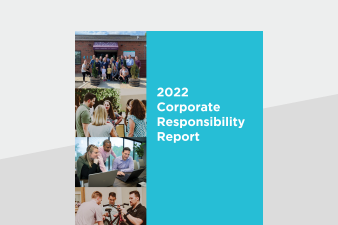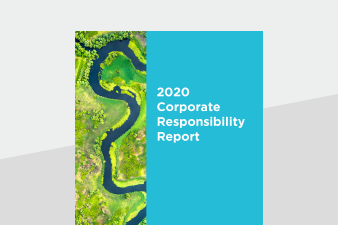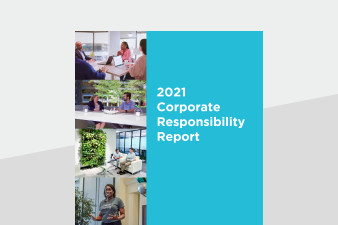
With 78% of the S&P 500 now publishing sustainability reports, non-financial reporting is becoming essential for companies looking to manage risk and capture opportunities in a changing business environment.[1] The widespread adoption of reporting on environmental, social, and governance (ESG) issues is driven by investors aiming to predict long-term financial performance, which is increasingly influenced by ESG data and information. The reporting trend is clear, but how does a company determine what to report? While standards from the Global Reporting Initiative and the Social Accounting Standards Board offer guidelines for corporate ESG reporting and identification of material ESG issues, many companies only loosely adhere to these prescribed standards. Nonetheless, a materiality assessment can help a company determine what issues are most important to investors, customers, employees, and other key stakeholders. This white paper provides an overview of the materiality process and discusses how materiality assessments may better serve the utility sector.
What is a Materiality Assessment?
In short, a materiality assessment is a structured exercise that helps a company identify specific ESG issues that need attention by surveying or interviewing both internal and external stakeholders. Said another way, materiality for ESG issues is, “the threshold at which sustainability topics become sufficiently important that they should be reported.”[2] Materiality assessments can be used to periodically evaluate the importance of specific issues to internal and external stakeholders, helping to prioritize what to incorporate in both ESG reporting and the development of corporate strategy.
A materiality assessment allows a business, through a structured and defined process, to identify the areas of focus that align with the needs of its most critical stakeholders. Utilities face increasing demands from stakeholders, and no organization can focus on everything. The materiality assessment creates alignment on those areas of sustainability that are most in need of attention or those most material to the company’s overall success.
A common process for carrying out a materiality assessment includes the following steps:
- Identify stakeholders (internal and external)
- Create a set of sustainability indicators to be ranked or selected (see Table 1 for examples for utilities)
- Create stakeholder-specific surveys and interview questions
- Contact stakeholders to communicate: (a) why their insights are valuable and (b) how their insights will be used
- Send survey requests to stakeholders and/or conduct open-ended interviews
- Analyze results and use an analytical tool (commonly a two-axis matrix) to show business and stakeholder significance for each ESG issue
- Share results with stakeholders
- Determine how findings can be used to inform ESG reporting and overall corporate strategy
Though the process is relatively straightforward, conducting a thorough materiality assessment is not a quick or easy task. It requires significant buy-in across the organization as well as dedicated time and resources to complete. This may partially explain why many electric utilities do not conduct or publish materiality assessments.
|
Table 1: Sustainability Issues Most Relevant to the Electric Power Industry in 2017 |
|
|
Air Emissions |
Habitat and Biodiversity |
|
Assets and Operations |
Job Satisfaction |
|
Business Model |
Labor Relations |
| Climate Change |
Public Policy Relations |
| Community Vitality |
Safety and Health |
|
Customer Relations |
Skilled Workforce Availability |
| Cyber and Physical Security |
Supply Chain |
|
Energy Affordability |
Waste |
| Energy Reliability and Resiliency |
Water |
| Greenhouse Gas Emissions |
Workforce Diversity, Inclusion, and Equal Opportunity |
Source: EPRI Journal. September 19, 2017.
Why Are Materiality Assessments Important?
Materiality assessments help ensure that an organization’s sustainability goals are aligned with internal and external stakeholders’ priorities. Having a rigorous process to determine what measures are important and why can provide greater confidence in ESG reporting and foster greater internal commitment.
Provide a structured, robust approach for receiving stakeholders’ feedback: Materiality assessments are a structured way of evaluating a company’s most important ESG impacts, and they pave the way toward setting effective goals. By seeking the input of a broad range of individuals or entities, companies can connect with stakeholders in a new way, often uncovering previously unknown information about their priorities. A robust stakeholder assessment helps mitigate personal or internal bias as a company seeks to build or enhance its ESG strategy. The feedback received in an assessment will supplement existing touchpoints that utilities have with customers, employees, activists, and other key groups.
Inform overall company strategy: Materiality assessments can lay a foundation for strategy, and this benefit isn’t limited to ESG issues. While most executives already evaluate performance regularly and strive toward specific targets, materiality assessments allow them to better calibrate goals to stakeholders’ needs. Once material aspects are identified, they can be a base on which to form long-term goals.
Uncover external and internal insights: Understanding the thoughts, attitudes, and ideas of customers, investors, non-governmental organizations, regulators, community members, and others can unearth new business opportunities or improvements to existing processes. It allows the company to dig deeper into the minds of stakeholders to reveal more context where needed.
Similarly, internal to the company, understanding the thoughts, attitudes, and ideas of employees and executives can help determine which ESG information matters most to key decision makers. But the next level of analysis is just as important—the evaluation of the management approach. Here the company assesses its current approach and opportunities for improvement in the context of material aspects.
Engage stakeholders: By taking part in the survey process, the stakeholders also learn about the company’s decision-making process. This clarity can support positive stakeholder relations by demonstrating to key groups that their opinions are valued by the company.
Stay ahead of transparency needs: This connection with stakeholders can allow the company to get ahead of concerns that could result in future regulation or negative public perception. For example, many utilities did not foresee the enthusiasm for distributed energy resources (DERs). Had they been in front of this changing tide, utilities could have pushed for clearer rules around where and how to install a DER. Utility-scale solar is an example of this; if grid-planning information had been widely available, projects could be constructed to better serve both utilities and project owners. Instead, utilities have seen interconnection challenges, ever-growing queues, and intense legal battles as consumers and regulators demand more renewable power options.
Why Might Electric Utilities Dislike Materiality Assessments?
Utilities already have a strong set of stakeholder processes in place, which can make integrating new tools difficult. The public presence of utilities requires that they have well-defined and documented processes to respond to a wide array of stakeholders—from regulatory commissions to communities to investors. In general, few other industries have to directly manage complex stakeholders, like regulatory commissions and residential communities. Utilities regularly interact with these stakeholders, so adding the materiality assessment may seem redundant.
Utilities often have “evergreen” metrics used to drive long-term performance through an integrated management approach. Balanced scorecards for safety, diversity, and other ESG issues already exist in many cases. These methods are designed for the long term, and the thought of changing them yearly or changing their scope would seem to counter the work that has already been done to put them in place.
How Can Utilities Approach Materiality Assessments?
Increasingly, external stakeholders, including the investor community, are looking for companies to produce sustainability information. Utilities are already being judged through this lens. A recent Fitch report introduced “ESG Relevance Scores” for corporations that include an assessment of utilities’ risks framed in ESG terms. It will be important for utilities to report in a way that comports with the expectations of ESG rating groups and investors. A materiality assessment can be a critical component in assuring external confidence in an overall reporting program. The following are a few suggestions for utilities in approaching materiality assessments to get maximum value.
Do it right every three to five years. If done well, a company’s material ESG topics should not change significantly year over year. Outside influences like regulation and markets will change materiality to an extent, but those changes are generally minor. For that reason, an in-depth assessment every five years could be followed by lighter “recalibrations” to periodically check and adjust the set of metrics used. These recalibrations should not substantially change the metrics that are tracked, as maintaining year-over-year consistency is essential for performance management.
Most ESG standards do not suggest specific timing for conducting an assessment, but they do emphasize long-term impacts, “includ[ing] reporting on activities that produce minimal short-term impact, but which have a significant and reasonably foreseeable cumulative effect that can become unavoidable or irreversible in the longer term (such as bio-accumulative or persistent pollutants).”[3]
Leverage the materiality assessment to add context and detail to metrics. For the most part, utilities already have robust scorecards and metrics, but materiality assessments can be used to improve detail in areas where it is difficult to have objective measures. External audiences can identify issues that leadership previously may have sensed but did not have enough data to address. Materiality assessments, through connecting with a wide variety of stakeholders, can bring objectivity to the problem.
Tie the materiality assessment results into strategic and business planning to ensure that plans account for ESG risk. Many organizations limit a materiality assessment’s impact by ending with a report and not an action. Instead, materiality assessments should be used as a tool to inform strategic planning across the utility’s operations.
Conclusion
The case for materiality assessments at utilities may be more clouded by challenges with integration and longer-term planning than some industries, but the approach still offers valuable benefits. By completing the assessments at the right cadence and focusing efforts on areas with previously difficult to measure performance gaps, materiality assessments can inform a company’s strategy while engaging both internal and external stakeholders.
[1] “State of Integrated and Sustainability Reporting 2018,” IRRCI, 2018.
[2] “Defining What Matters: Do Companies and Investors Agree on What Is Material?” Mining, Metals and Electric Utilities. (p. 5), 2016.
[3] “As far as practicable, activities, events, and impacts are expected to be presented for the reporting period in which they occur.” Source: Global Reporting Institute 101: Foundation. p. 12, 2016: https://www.globalreporting.org/standards/media/1036/gri-101-foundation-2016.pdf#page=25
Additional Contributing Authors: Ryan French, Tina Jeffress





